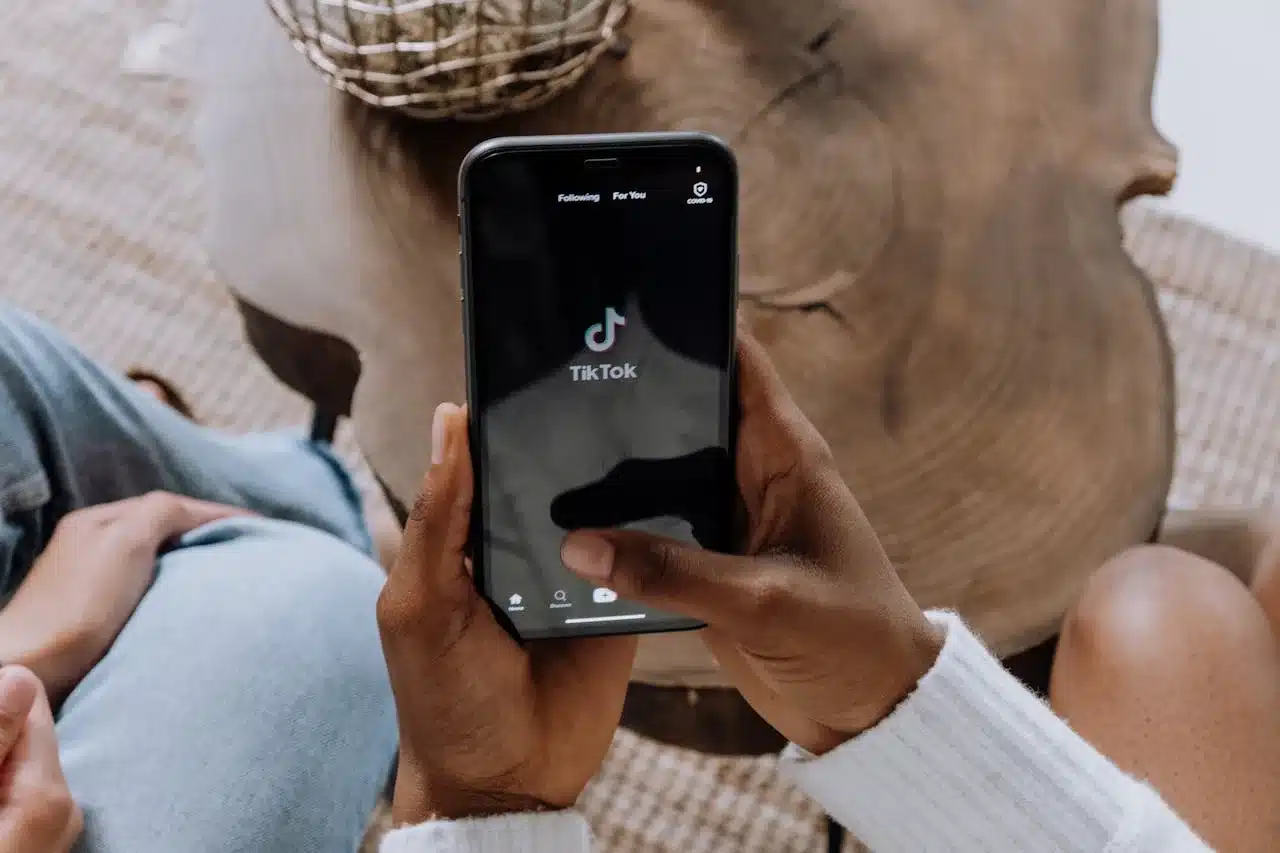For you to truly understand the basics of trademark protection for artist brands, you must first recognize that your brand is not just a name or logo.
It’s the emotional and visual fingerprint you leave on the world. It reflects not only your creative output but also your public persona, values, and identity.
That’s why safeguarding this artistic identity becomes more than just a legal step, it’s a way to preserve your reputation, distinguish yourself from imitators, and solidify your position in a saturated market.
One of the most reliable ways to protect your brand is through trademark law. I will enlight you on the fundamentals of trademarks, explain their relevance to artists, and share actionable steps you can take to shield your brand effectively.
Understanding Trademarks and How it Helps Protect Artist Brands
A trademark is a legally recognized signifier, a word, symbol, design, or name that identifies and differentiates one creator’s goods or services from another’s.
For artists, this might include your stage name, logo on album covers or merchandise, or even a signature color palette or slogan used consistently in your digital content.
Key Principles of Trademarks
1. Distinctiveness: Your trademark should be unique and instantly recognizable. Avoid generic terms or visuals that blend in with competitors.
2. Use in Commerce: To qualify for legal protection, you must actively use the mark in commercial contexts, whether you’re selling prints, digital downloads, or music under that brand.
3. Registration: Although trademark rights may be gained through usage (called “common law” rights), official registration, especially through the USPTO, offers far stronger legal protection and makes enforcement easier.
Why Trademark Protection Matter for Artist Brands
Trademarks aren’t just for big corporations, they’re crucial tools for independent creatives too:
Brand Identity: A protected mark ensures your fans, clients, and collaborators consistently associate your work with your name, no matter where it appears.
Market Differentiation: By trademarking a unique artist name, logo, or even podcast title, you carve out a lane that can’t be easily copied or confused with others.
Legal Protection: Should someone attempt to profit off your brand or dilute it, a registered trademark gives you the right to take swift legal action, and that can save your reputation and income.
Steps to Trademark Protection for Artist Brands
Step 1: Conduct a Comprehensive Search
Before filing, make sure your desired name or logo isn’t already taken. Use:
TESS – the USPTO Trademark Electronic Search System.
Also, check social media handles and domain names to ensure consistency across platforms
Step 2: Register Your Mark
Once confident it’s unique: File an application with the appropriate authority. For U.S.-based artists, the USPTO application page is the place to start.
If you’re targeting international markets, look into the Madrid Protocol via WIPO.
For a step-by-step walkthrough, refer to this helpful guide: How Long Does It Take To Get A Trademark Registered?.
Step 3: Monitor Usage Regularly
After registration: Set up Google Alerts for your artist name and logos.
Use reverse image search tools like TinEye or Google Lens to track unauthorized use of your visuals.
Regularly scan marketplaces and social platforms to catch counterfeit or unofficial merch early.
Step 4: Enforce Your Rights When Necessary
If you find infringement: Send a cease-and-desist letter to the infringer. Templates are widely available online or via legal services like Rocket Lawyer.
Report violations directly through the platforms.
Consult an intellectual property attorney if issues persist or escalate.
Real-Life Examples and Case Studies
1. The Case of Banksy: The world-renowned street artist’s anonymity complicated trademark claims.
Without formal registration, his artwork was reproduced and sold without consent, leading to legal disputes. Eventually, he began registering trademarks to regain control.
2. The Power of Consistent Branding: Icons like Andy Warhol turned soup cans and Marilyn Monroe into protected symbols of pop art.
His estate continues to license his visual trademarks globally, turning a personal aesthetic into a generational brand.
From what we’ve explored so far, it’s clear that trademark protection is not just a legal formality, it’s an artist’s armor in the digital age.
By learning how to register, monitor, and enforce your rights, you gain control over your name, image, and creative value.
Whether you’re a painter, musician, digital illustrator, or multi-disciplinary artist, investing in your brand is investing in your legacy.
READ ALSO:
Building Your Personal Brand as an Artist
Copyright Laws for Artists Online for Protection
Zuke Afrobeats Artist: The Discovery of a Rising Star



